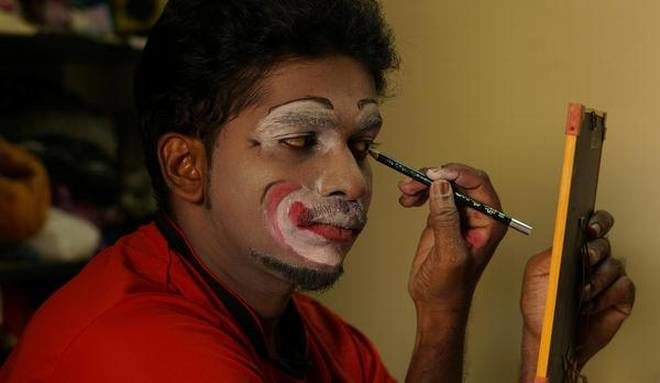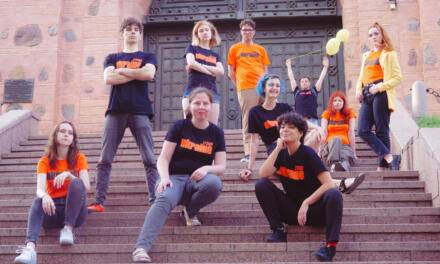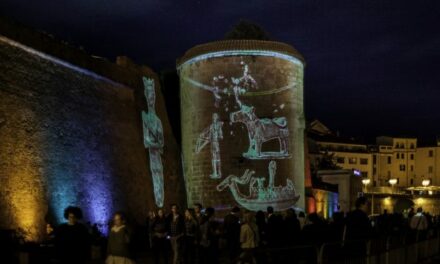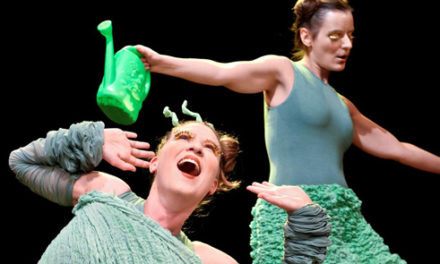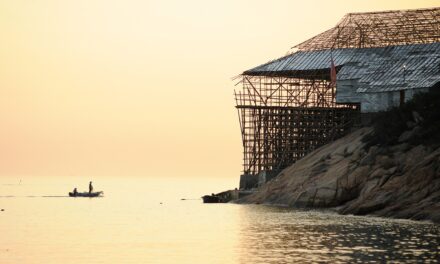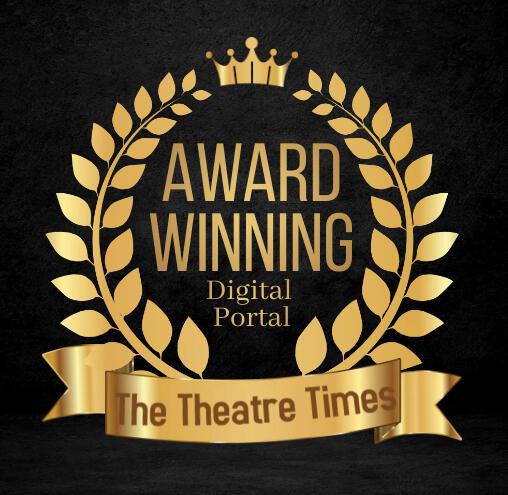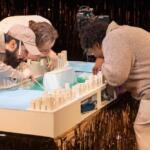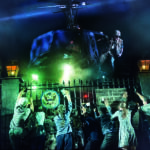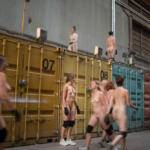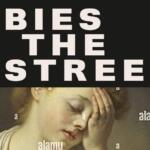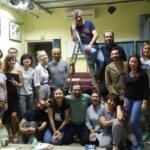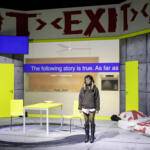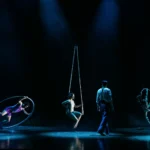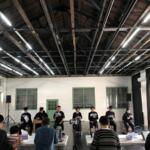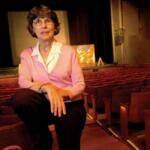With their latest workshop, John Pradeep and his group reiterate that clowning is a serious art form
Johnsense is a no-nonsense clown. He is highly disappointed with people’s perception of clowns. He says, they ignorantly assume that he wears costumes and stands in front of malls to greet people. Though he bumps into walls and innocently thinks that a bandana and a banana are the same, he is an interesting clown. And clowning is a form of physical theatre like any other, that people most often fail to acknowledge.
John Pradeep (whose clown name is Jonsense) has been a theatre artiste from 2004, involving himself in various forms of physical theatre like a mime, since the very beginning. His interest, however, lay in clowning. When Mumbai-based group Madhatters, that is also a part of the World Clown Association based in the US, came down to Chennai for a workshop, he was thrilled.
“People think all jugglers are clowns. But that’s wrong. Each of these clowns specializes in a particular skill. I specialize in walk-around clowning and working with children,” says John, who is also a theatre trainer.
The ensemble he founded comprises the brunch engagement team, (essentially a part-timer student crowd, engaging with children during Sunday brunches in specific hotels) the theatre team that mainly do physical comedy shows, and the walk-around team who go for carnivals, marathons, rallies, and so on.
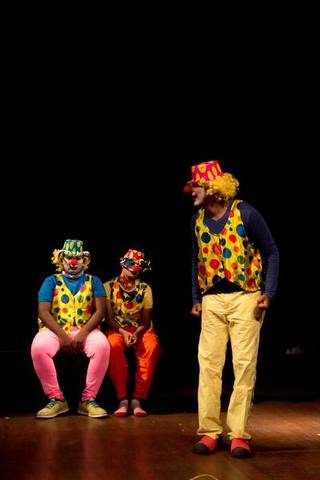 Currently, the group is working on a corporate show focusing on workplace safety for women through clowning.
Currently, the group is working on a corporate show focusing on workplace safety for women through clowning.
“People keep saying, ‘hey, clowns are silly, how do you send a message through clowns’. So, in these shows, though people laugh it out, they take a message back. That is the magic,” says John.
This weekend, as part of the Chennai Art Theatre fringe festival, John will be conducting workshops on clowning, mime, and physical comedy for people above the age of 15 years. In the evenings, his group will also put up a show titled Clowns, Puppets And More, that will traverse through different artforms—miming, puppetry, shadow theatre—specifically meant for children.
“I would want event managers to see the show and take it forward. It can be performed in any kind of a setting—intimate spaces, corporates, schools…not necessarily requiring an auditorium as such,” adds John.
The workshop will introduce physical comedy to those interested in theatre.
“This is one form of acting that will be beneficial for those who plan to pursue theatre as a profession. They will also be exposed to all the elements that make clowning—like make-up, balloon sculpting, creation of a physical comedy piece and so on,” says John.
He adds that the workshop will be based on body language and visual effects, making it different from a typical acting class. John, through these sessions, also intends to know more about people’s interests and expectations when it comes to clowning.
“The World Clown Association has got in touch with us to see if they can bring their clown college to India. So, this is me trying to gauge the people’s responses to clowning,” adds the artist.
Children, these days, seem to lack the patience and interest to even sit through a theatre performance. Introducing children to these art forms from a very young age can change this, John observes.
“Most often when I go to schools, children say to our faces that it is boring and they want some other activity,” he says.
The shows are heavily dependent on the actors and their impromptu improvisations; the script is developed based on this.
This post was written by the author in their personal capacity.The opinions expressed in this article are the author’s own and do not reflect the view of The Theatre Times, their staff or collaborators.
This post was written by Gowri S.
The views expressed here belong to the author and do not necessarily reflect our views and opinions.

